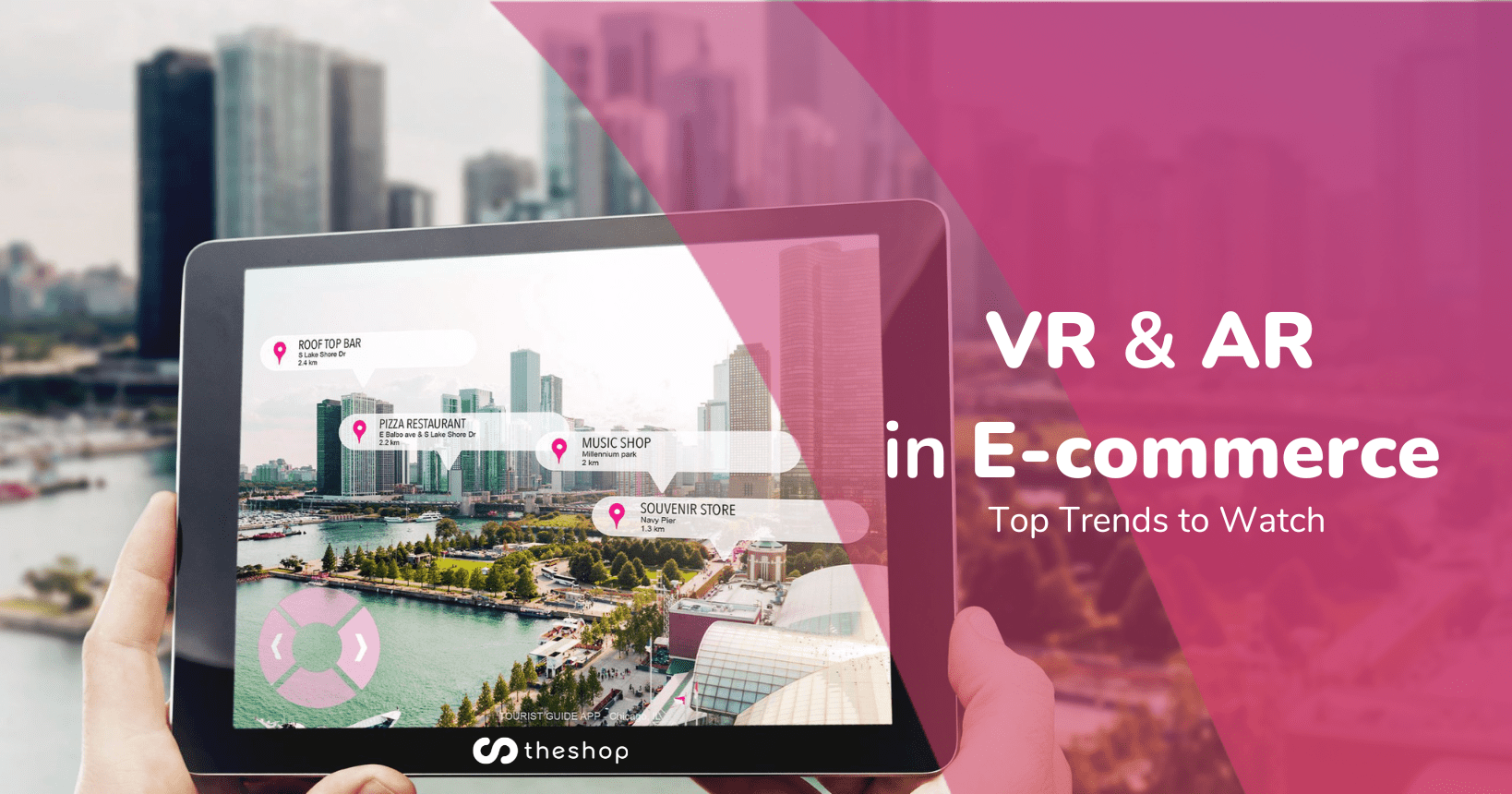As an e-shop owner, you’re always looking for ways to enhance the customer experience and stay ahead of the competition. One of the most exciting trends in e-commerce right now is the use of virtual and augmented reality (VR and AR) technologies. These technologies have the potential to revolutionize the way customers interact with your products, creating a more immersive and engaging shopping experience.
There are a number of different ways that you can incorporate VR and AR into your e-shop, and in this article, we’ll take a look at five examples in detail. We’ll also provide real-life examples of e-shops that are already using these technologies to great effect.
Virtual product demonstrations
One of the most obvious ways to use VR in e-commerce is to create virtual product demonstrations. For example, a fashion e-shop could use VR to create a virtual fitting room, allowing customers to try on clothes and see how they look before making a purchase. A furniture e-shop could use VR to create a virtual room designer, allowing customers to see how a piece of furniture would look in their home before they buy it.
The US furniture giant, Wayfair, has launched a VR app that allows customers to use an Oculus Rift headset to explore a fully furnished virtual room. The app also allows customers to purchase items from the virtual room and have them delivered to their home.
Augmented product photos
Another way to use AR in e-commerce is to enhance product photos with additional information. For example, an e-shop that sells shoes could use AR to allow customers to see how the shoes would look on their feet, or an e-shop that sells makeup could use AR to allow customers to see how a particular shade of lipstick would look on their face.
Sephora, the cosmetics giant, has created a virtual try-on feature that allows customers to use their smartphone camera to try on makeup virtually. The feature also includes a “beauty advisor” chatbot that can help customers choose the right shades and products.

Virtual reality showrooms
Another way to use VR in e-commerce is to create virtual reality showrooms. This could be particularly useful for e-shops that sell large or expensive items, such as cars or furniture, as it allows customers to explore the items in detail before making a purchase.
The car manufacturer, Volvo, has created a VR showroom that allows customers to explore its cars in virtual reality. The showroom includes detailed information about each car and allows customers to customize their virtual car before placing an order.

Virtual product tours
Another way to use VR in e-commerce is to create virtual product tours. This could be particularly useful for e-shops that sell complex products, such as electronics or machinery, as it allows customers to see how the products work in detail before making a purchase.
The tech giant, Samsung, has created a VR product tour for its Galaxy S8 smartphone. The tour includes detailed information about the phone’s features and allows customers to explore the phone in virtual reality before making a purchase.
Augmented reality manuals
Another way to use AR in e-commerce is to enhance product manuals with additional information. For example, an e-shop that sells tools could use AR to allow customers to see how to use a particular tool, or an e-shop that sells appliances could use AR to allow customers to see how to maintain a particular appliance.
The home appliance manufacturer, Bosch, has created an AR product manual for its washing machines. The manual allows customers to access detailed information about the washing machine and see how to use and maintain it in a more interactive and engaging way.
How to implement VR & AR to your e-shop?
Headless e-shop architecture from TheShop is the key to future-proofing your e-shop for VR and AR integration. Our architecture allows you to separate the front-end of your e-shop (the part that customers interact with) from the back-end (the part that manages the data and functionality of your e-shop). This separation allows you to add new systems, such as VR and AR, via API connections, making it much easier to integrate new technologies in the future.

Conclusion
In conclusion, VR and AR technologies have the potential to revolutionize the way customers interact with your products. By incorporating these technologies into your e-shop, you can create a more immersive and engaging shopping experience for your customers. And by using headless e-shop architecture, you can ensure that your e-shop is future-proofed for new technology integration. Don’t be left behind, start incorporating VR and AR into your e-shop today!






